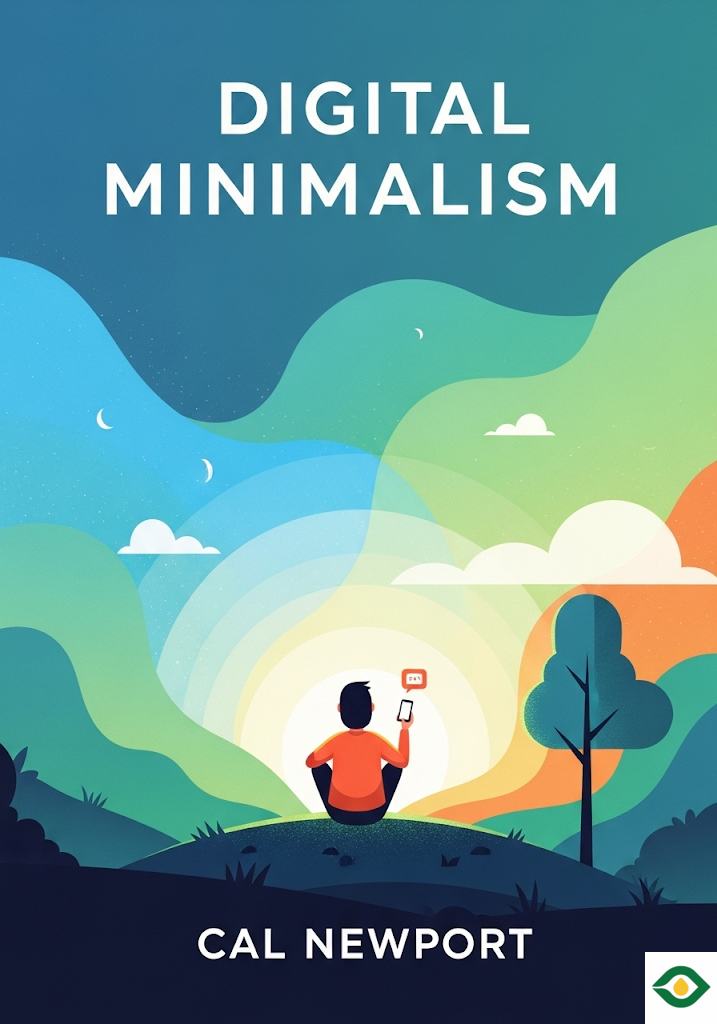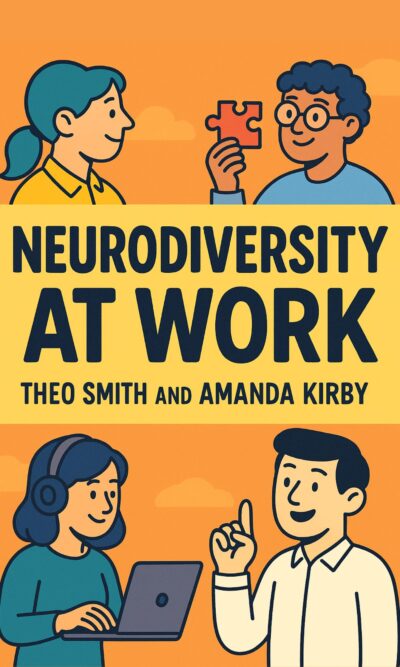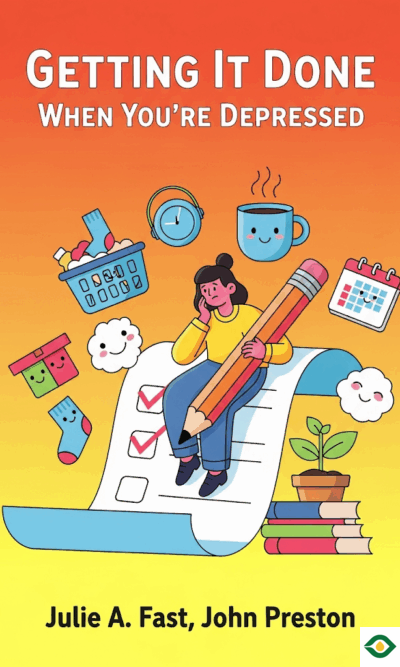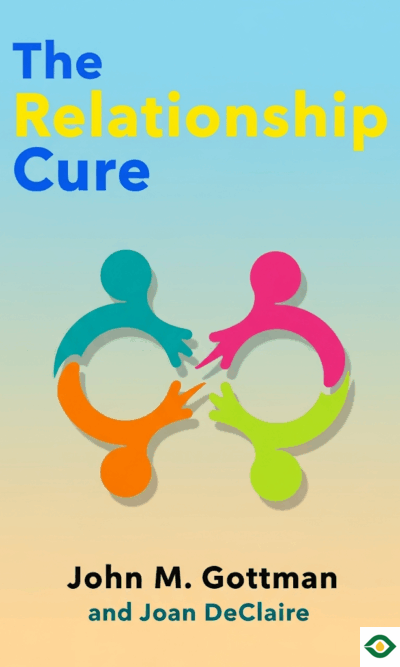Description
In today’s world, almost everyone is surrounded by screens, apps, and endless notifications. Smartphones, social media, and constant online activity have become normal parts of daily life. But many people are now realizing that these tools, while useful in some ways, are also draining their time, energy, and attention. The book Digital Minimalism by Cal Newport offers a way to step back, regain control, and live a more intentional life in the digital age.
The idea behind digital minimalism is simple: use technology carefully and only when it truly supports what matters most to you. Instead of letting apps and devices control your attention, you decide when, how, and why you use them. This approach is not about rejecting technology completely, but about making sure it serves your values instead of distracting you from them.
To understand why digital minimalism is important, we need to see how technology slowly became so addictive. When smartphones first appeared, they were marketed as tools to make calls, listen to music, and perhaps check an email or two. Social media also started as a fun way to connect with friends. But over the years, these platforms were redesigned to keep people hooked. Features like “likes,” endless scrolling, and constant notifications were created to capture attention for as long as possible. Tech companies profit when people spend more time on their apps, so they design them to be as hard to put down as cigarettes once were.
The result is a society where people spend hours glued to their screens without even realizing it. Many feel restless, anxious, or empty when they are away from their devices. Cal Newport argues that this is not a harmless habit but a serious problem that damages our mental health, productivity, and relationships.
Digital minimalism offers a way out. It is built on three key principles. First, clutter is costly. Just as too much physical stuff makes a house messy, too many apps, websites, and digital commitments make our lives chaotic. Each one demands time and energy, even if we barely use it. Second, optimization is important. If you truly need a digital tool, you should use it in the best and most efficient way, not in a scattered, endless manner. Third, intentionality is satisfying. When you choose technology carefully, you feel more in control and happier, because you are acting with purpose instead of reacting to every beep and buzz.
To put digital minimalism into practice, Newport suggests starting with a thirty-day “digital declutter.” This means removing all non-essential apps, services, and habits for a month. During this time, you focus on living without constant digital input. It may feel uncomfortable at first, because your brain is used to checking messages or scrolling out of habit. But soon, most people find relief and even joy in the silence. They begin to rediscover other activities they had forgotten—reading, exercising, cooking, walking, or simply spending time with family and friends.
After the thirty days, you slowly reintroduce only the tools that clearly serve your values. Each time you consider an app or service, you ask three questions: Does this truly support something I care about? Is this the best way to support it? And, can I use it with clear rules that prevent it from taking over my life? If the answer is no, then it’s better to leave it behind. Many people realize that they don’t need most of the apps they thought were essential, and that they feel freer without them.
Of course, it is not enough to simply delete apps. You also need to fill the space with meaningful alternatives. Newport recommends returning to solitude, which is time spent alone with your own thoughts. Solitude gives the mind rest and allows you to reflect, think deeply, and understand yourself better. In the past, people often found solitude naturally, whether by walking, traveling, or simply sitting quietly. But now, constant access to screens leaves little room for quiet moments. Rebuilding this practice can be as simple as leaving your phone at home when you go for a walk or taking a break from music and podcasts to let your mind wander.
Another important practice is to focus on real human connection instead of shallow digital interaction. Clicking “like” or leaving a quick emoji may feel like communication, but it does not replace genuine conversation. Digital minimalists make time for real phone calls, face-to-face meetings, and thoughtful discussions. These strengthen relationships in ways that no online feed can.
Newport also emphasizes the importance of high-quality leisure. Many people, when free from work, automatically turn to low-quality activities like endless scrolling, binge-watching, or tapping at a screen. But real satisfaction comes from hobbies that challenge and engage us. Playing an instrument, learning a skill, creating art, cooking, or even taking long walks can provide deep joy and purpose. The more effort you put into leisure, the more rewarding it becomes. Digital minimalism encourages you to replace passive screen time with active, meaningful pursuits.
Another part of this lifestyle is resisting the “attention economy.” Tech companies design their products to steal as much of your focus as possible because your attention is valuable to advertisers. Newport suggests simple but powerful ways to fight back. One option is to downgrade your phone—maybe even using a basic model for calls and texts only. Another is to make your computer or devices single-purpose, so that they help you focus on one task at a time instead of scattering your attention. Tools like website blockers can help, but the real power comes from deciding that your attention is yours to protect.
Digital minimalism is not about rejecting modern life or pretending that technology is evil. It is about choosing carefully. A minimalist does not fill a room with cheap, unnecessary furniture; instead, they select a few items that truly matter. In the same way, a digital minimalist shapes their online world with purpose. By saying no to distractions, they create space for the things that bring joy, meaning, and connection.
The reward is a calmer, more intentional life. People who adopt digital minimalism often report feeling less anxious, more focused, and more fulfilled. They spend more time with loved ones, more time outdoors, and more time on hobbies that truly matter. They discover that life feels richer when it is not dominated by screens.
In the end, the message of Digital Minimalism is hopeful. Technology does not have to control us. With awareness, discipline, and thoughtful choices, we can control it. We can step back from the noise, reclaim our attention, and live in a way that feels whole, balanced, and free.





